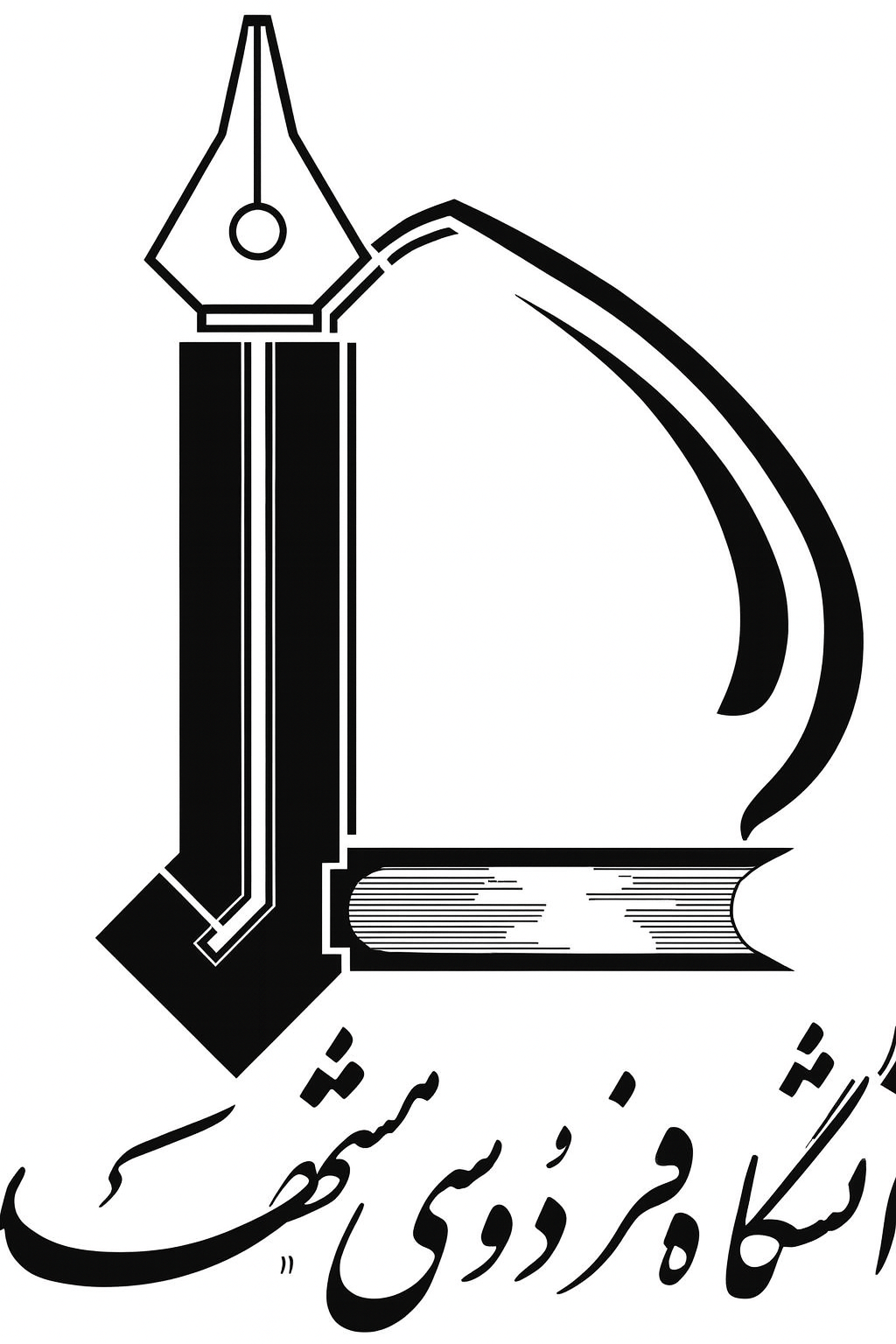Title : ( The influence of porous media on the melting ability of phase change materials used in a heatsink: An experimental investigation )
Authors: Ali Khorram Nejad , Mohammad Passandideh-Fard , Mohammad Sardarabadi ,Access to full-text not allowed by authors
Abstract
Electronic components frequently encounter challenges related to abrupt temperature fluctuations. Phase Change Materials (PCMs) integrated into heatsinks provide a passive method for effectively managing thermal conditions and swiftly stabilizing temperatures. This approach ensures efficient temperature control over short periods, addressing critical thermal management needs in electronic devices. This study explores the synergistic effects of combining porous media (PM) with PCMs. A plate-fin heatsink serves as a basic model, with PMs positioned between the fins to examine their impact on thermal performance. Three cases are analyzed in this study: one without porous media, one with 90 % porosity, and another with 95 % porosity. The selected PCMs, namely RT35, RT42, and RT44 HC, play a crucial role in thermal management. These PCMs exhibit varying thermal properties and compete based on melting temperature and latent heat. RT35 and RT42 have similar latent heats but different melting points, while RT44 HC offers a higher melting point and latent heat capacity. The volume percentage of PCM and the applied heat flux are key factors influencing the system\\\\\\\\\\\\\\\\\\\\\\\\\\\\\\\'s thermal response. For evaluating the quantity of PCM, this study examines volumes of 30 %, 60 %, and 90 % of the container. Utilizing the Taguchi optimization method, the objective is to maximize the time taken to reach the critical temperature as the response variable. The findings reveal that employing a PM with higher porosity enhances system performance by up to 2 % compared to scenarios without PM. Among the factors investigated, PCM selection contributes to 41 % of the final system response, while the enhancement from using PM with PCM accounts for 15 % of the system response. Therefore, selecting an appropriate PCM has a greater impact on system performance. Considering the thermophysical properties, both melting temperature and latent heat are critical. Results concerning the volumetric percentage of PCM show that using 60 % instead of 30 % improves system response by approximately 4.46%, whereas increasing to 90 % improves it by about 1.07 %.
Keywords
, Porous media (PM), Phase change materials (PCMs), Electronic passive cooling, Taguchi method@article{paperid:1100927,
author = {Khorram Nejad, Ali and Passandideh-Fard, Mohammad and محمد سردارآبادی},
title = {The influence of porous media on the melting ability of phase change materials used in a heatsink: An experimental investigation},
journal = {Journal of Energy Storage},
year = {2024},
volume = {98},
month = {September},
issn = {2352-152X},
pages = {112935--112935-11},
numpages = {0},
keywords = {Porous media (PM); Phase change materials (PCMs); Electronic passive cooling; Taguchi method},
}
%0 Journal Article
%T The influence of porous media on the melting ability of phase change materials used in a heatsink: An experimental investigation
%A Khorram Nejad, Ali
%A Passandideh-Fard, Mohammad
%A محمد سردارآبادی
%J Journal of Energy Storage
%@ 2352-152X
%D 2024

 دانلود فایل برای اعضای دانشگاه
دانلود فایل برای اعضای دانشگاه
